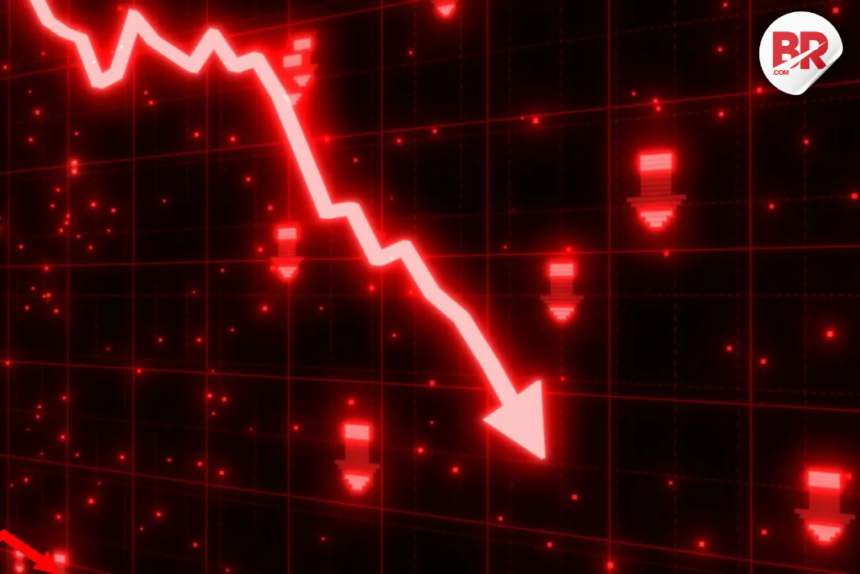
Banks Q1 results for FY26 are likely to disappoint. With shrinking margins, weak loan and deposit growth, and rising credit costs, profits may take a hit. Brokerages are cautious, and the numbers ahead could reveal how deep the cracks go.
Margins Under Fire
The biggest blow came from the RBI. Between February and June 2025, it cut the repo rate by 100 basis points. Since most loans are now linked to External Benchmark Lending Rates (EBLR), this move hit banks hard.

Lower rates mean banks earn less from loans. Net Interest Margins (NIMs) fell sharply, squeezing core profitability. Yes Securities expects more pain in Q1 as rate cuts continue to reduce the yield on advances. The first round of savings and deposit rate cuts kicked in from April, but their full benefit will only reflect in Q2.
PAT Growth? Not Much
Analysts are not hopeful. JM Financial predicts an 8% drop in profit after tax (PAT) year-on-year for its coverage banks. In Q4FY25, PAT had already fallen 6%.
Motilal Oswal expects public sector banks’ PAT growth to slow to just 4.8% year-on-year—a steep 11.7 percentage point drop from the previous quarter. Private banks may fare slightly better, with a 2.5% decline in PAT compared to last year but a 2.8% rise from Q4FY25.
In short, there’s little to celebrate.
Loan and Deposit Growth Sluggish
Loan growth has cooled down. JM Financial expects it at 10.8% in Q1FY26, down from 12.6% in Q4. Many banks saw a slowdown in unsecured loans and small-ticket lending, adding to the weakness.
On the deposit side, it’s not much better. CASA (Current and Savings Account) growth has been weak. Indian Bank and CSB Bank even reported declines. Others like South Indian Bank and Karur Vysya Bank saw minor growth. Overall, attracting low-cost deposits is proving difficult.
Brokerages noted that savings account rates have dropped 25–100 bps and term deposit rates fell 20–100 bps in just two months. But deposit inflow hasn’t picked up.
Also Read RBI Floating Rate Savings Bonds to Offer 8.5% Interest from July to December 2025
Asset Quality Under Pressure
Fresh slippages and higher credit costs are expected, especially in unsecured retail and microfinance segments. Motilal Oswal believes mid-sized banks with more exposure to these areas may report higher provisioning.
Still, public sector banks showed better asset quality in Q4FY25. Their gross NPAs dropped 17% to ₹2.94 lakh crore. Net NPAs improved by 23.3%. Private banks, however, saw gross NPAs rise 5%, with net NPAs up 13.6%, mainly due to stress in unsecured segments.
Treasury Gains: The Silver Lining
One bright spot in Banks Q1 earnings could be treasury gains. Falling bond yields—due to RBI’s 75 bps repo cut in Q1—could lead to gains from investments in government securities. State-run banks, which were active in RBI’s open market operations, are likely to benefit most.
Although yields dropped only 20 bps, even that can improve non-interest income and help offset some profit loss.
The story of Banks Q1 earnings will be about pressure on margins, weak core growth, and rising costs. Treasury gains may offer relief, but not enough to offset everything.
The question is—can banks bounce back in Q2, or is this margin squeeze here to stay?
Also Read Kalyan Jewellers Q1: Revenue Jumps 31% Despite Gold, Global Jitters












